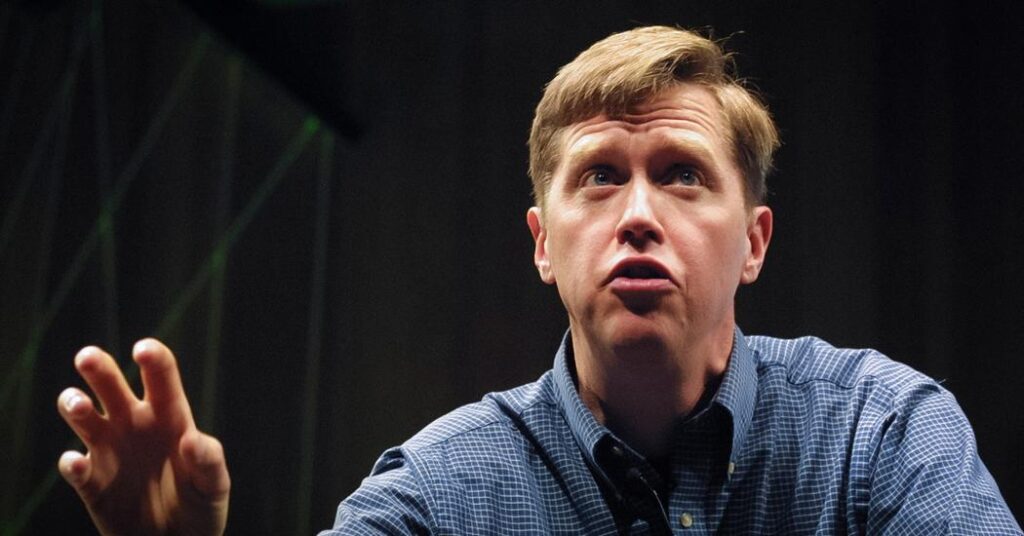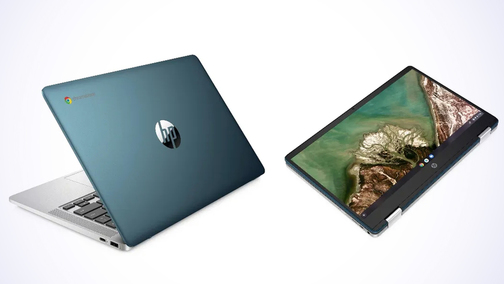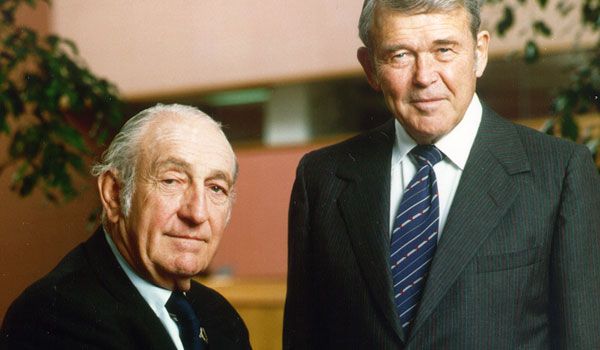HP Pavilion Plus 14, Pavilion x360 14 Launched With Intel 12th-Generation Processor In India.
The HP Pavilion Plus 14 and the Pavilion x360 14 are two new laptops in the company’s Pavilion series that were just introduced, according to an earlier announcement from HP India. The new Pavilion Plus 14 is the slimmest Pavilion laptop ever produced, according to HP, India’s largest laptop OEM by volume. The new laptops include a variety of interesting features in addition to 12th-generation Intel processors. The HP Pavillion series has been updated with new 14-inch variants in India with the release of these new laptops. The 14-inch HP Pavilion Plus and Pavilion x360 laptops have Intel Core processors from the 12th generation. A 5-megapixel camera with HP Presence technology and AI Noise Removal is present on both laptops. The HP Pavilion x360 14-inch laptop, on the other hand, is touted as the brand’s first consumer laptop to include a manual camera shutter so consumers can be sure their camera is private and secure.
Specifications – HP Pavilion Plus
A 14-inch OLED display with a 16:10 aspect ratio is included with the HP Pavilion Plus laptop. The laptop is equipped with up to NVIDIA GeForce RTX 2050 graphics and 12th-generation Intel H series CPUs. According to the manufacturer, it comes pre-installed with Windows 11 and has two fans and two heat pipes to optimize airflow whether multitasking, streaming, or playing games.
Additionally, it is stated that the HP Pavilion Plus laptop’s battery life can last up to 9 hours when using HP Command Center, Performance Mode, Balanced Mode, and Power Saver Mode. As previously said, it also includes a pre-installed HP Palette and a 5-megapixel camera with HP Presence technology, featuring AI Noise Removal.

Specifications – HP Pavilion x360
The HP Pavilion x360 laptop has a 14-inch display and is advertised as the first consumer model from the firm to include a manual camera shutter door. Users can learn about the privacy and security of their cameras thanks to the manual camera shutter door. The laptop is powered by up to Intel Iris Xe Graphics and 12th generation Intel U series CPUs. The Pavilion x360 14-inch laptop runs Windows 11 out of the box and has an HP command center, performance mode, balanced mode, and power saver mode, just like the HP Pavilion Plus 14-inch laptop.
The HP Pavilion x360 14-inch laptop, in contrast to the HP Pavilion Plus, states that its battery life can last up to 8 hours. Additionally, it has a 5-megapixel camera with HP Presence technology, including AI Noise Removal, and a pre-installed HP Palette.
Price And Availability
Priced at Rs. 78,999, the HP Pavilion Plus 14-inch laptop is offered in Natural Silver and Warm Gold color variants. The HP Pavilion x360 14-inch laptop, on the other hand, has a price tag of Rs. 76,999 and is offered in Pale Rose Gold, Natural Silver, and Space Blue color options. On the official websites of HP for Pavilion Plus and Pavilion x360, respectively, you may buy the 14-inch laptops Pavilion Plus and Pavilion x360.
About The Company
HP (Hewlett-Packard) is a worldwide corporation that sells hardware, software, and related business services. PCs and other computing devices, enterprise and industry standard servers, storage devices, networking goods, software, printers, scanners, plotters, and other image tools are all part of the HP product line. The business created handheld calculators, the first commercially distributed data processing system, LaserJet printers, and the Explicitly Parallel Instruction Computing (EPIC) architecture (in collaboration with Intel). HP is well-known for its computers as well as its renowned LaserJet and InkJet printers. It provides mobile apps that make printing more mobile and accessible. HP is deeply committed to environmental sustainability. It issues an annual Sustainable Impact report in which it publicly discloses its aims for improvement and the strategies it is employing to promote sustainability.

I am a second-year student pursuing Liberal Arts from Nmims. I am a painter, I love reading and have a great interest in cooking. I am also a trained kickboxer. I’ve always had a passion for writing and hence in my free time, I work as a freelance writer.






